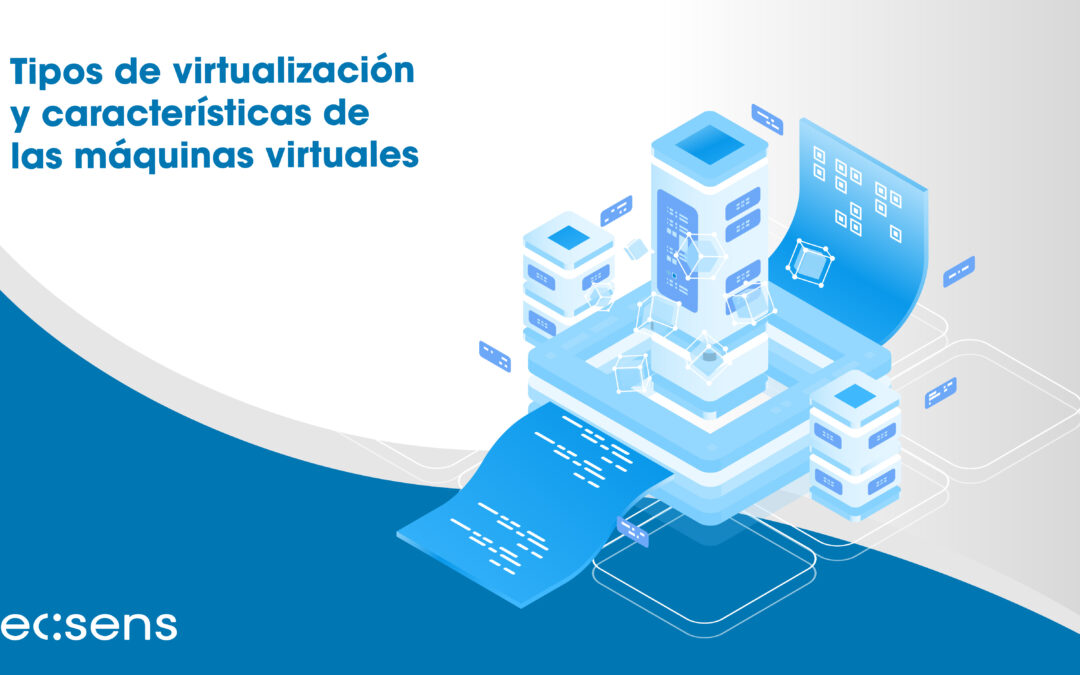Companies are becoming more dynamic and need to improve agility to keep pace with the increasing changes in the market. Employees, customers and partners demand more agile service and more sophisticated applications. As you try to keep pace with new requirements and growing demands, your IT infrastructure is getting bigger and more complex, putting more pressure on it. Virtualization helps address this technological challenge, in this post We explain the types of virtualization and characteristics of virtual machines that exist.
Types of virtualization
There are different types of virtualization, each designed to meet different needs and use cases. Here are some of the most common types of virtualization:
Server virtualization
This type of virtualization allows multiple operating systems and applications to run on a single physical server. Using a hypervisor or virtual machine monitor, multiple virtual machines can be created and managed on a single server, maximizing resource utilization and reducing infrastructure costs.
Desktop virtualization
Desktop virtualization allows you to run multiple operating systems and desktop environments on a single physical device. Users can access their virtual desktops from any device, providing flexibility and mobility. In addition, desktop virtualization simplifies system management and maintenance because updates and changes can be deployed centrally to virtual machines.
Network virtualization
This type of virtualization allows you to create virtual networks from a physical infrastructure. With network virtualization, networks can be logically separated and resources allocated more efficiently. This makes it easier to configure and manage networks, and provides greater flexibility to adapt to changes in network environments.
Storage virtualization
Storage virtualization allows you to combine multiple physical storage devices into a single virtualized resource. This simplifies storage management, as resources can be allocated and reallocated as needed. In addition, storage virtualization offers features such as data mirroring, compression, and replication, improving data efficiency and availability.
Common features of virtual machines
Isolation
Each virtual machine runs in isolation from other virtual machines and the host system. This means that a failure or problem in one virtual machine will not affect the others, improving the security and reliability of the virtualized environment.
Portability
Virtual machines can be easily moved between different physical systems without requiring significant changes. This provides flexibility for migration, disaster recovery, and resource allocation.
Encapsulation
Virtual machines are created from files that contain all the components necessary for their operation, including the operating system, applications, and data. This makes it easy to copy, backup, and restore virtual machines, simplifying management tasks and ensuring the integrity of virtualized environments.
Consolidation of resources
Virtualization allows the consolidation of multiple systems on a single physical server. This reduces power consumption, space required, and hardware costs, while maximizing utilization of available resources.
In short, virtualization is a powerful technology that offers a variety of benefits in terms of efficiency, flexibility, and resource management. Different types of virtualization make it possible to address different needs and use cases. In addition, virtual machines feature features that make virtualization an attractive option for businesses and organizations looking to optimize their IT infrastructure.




